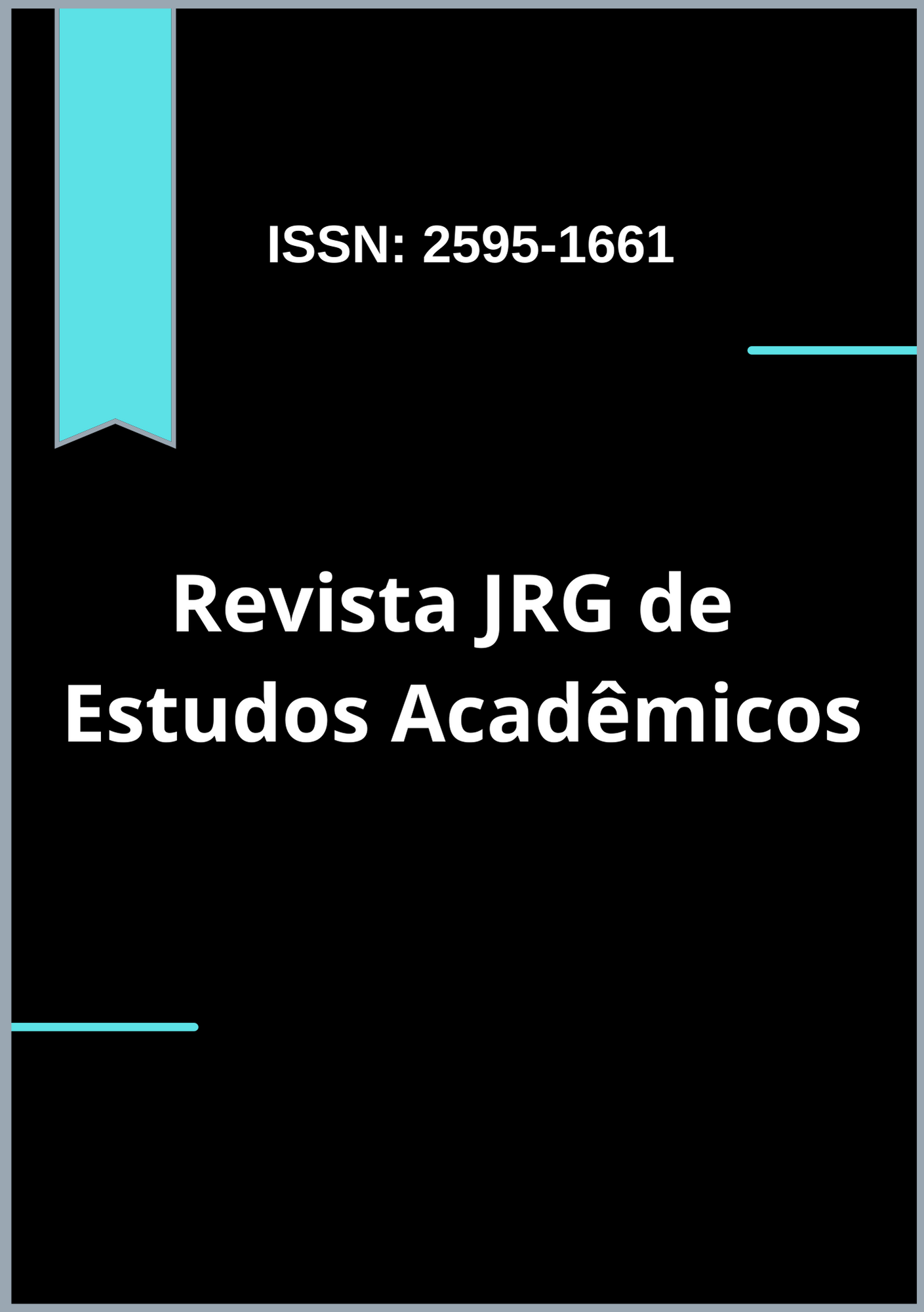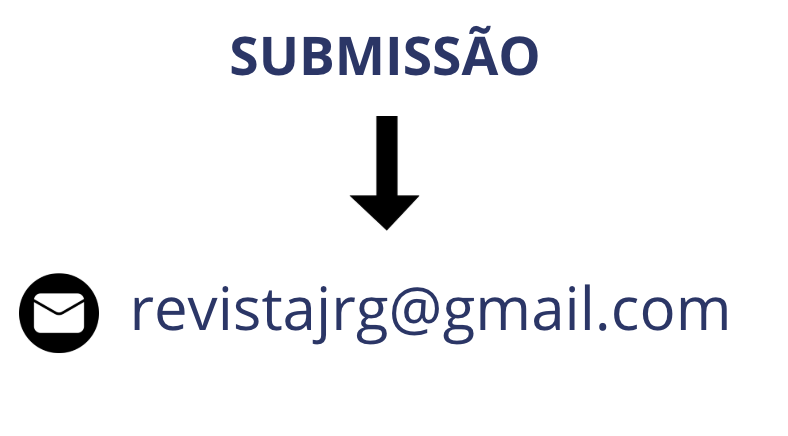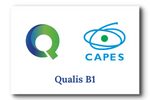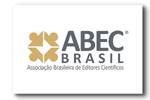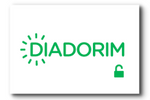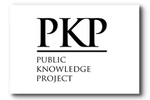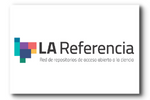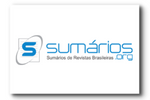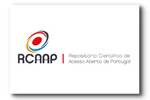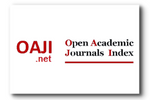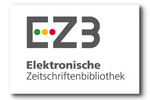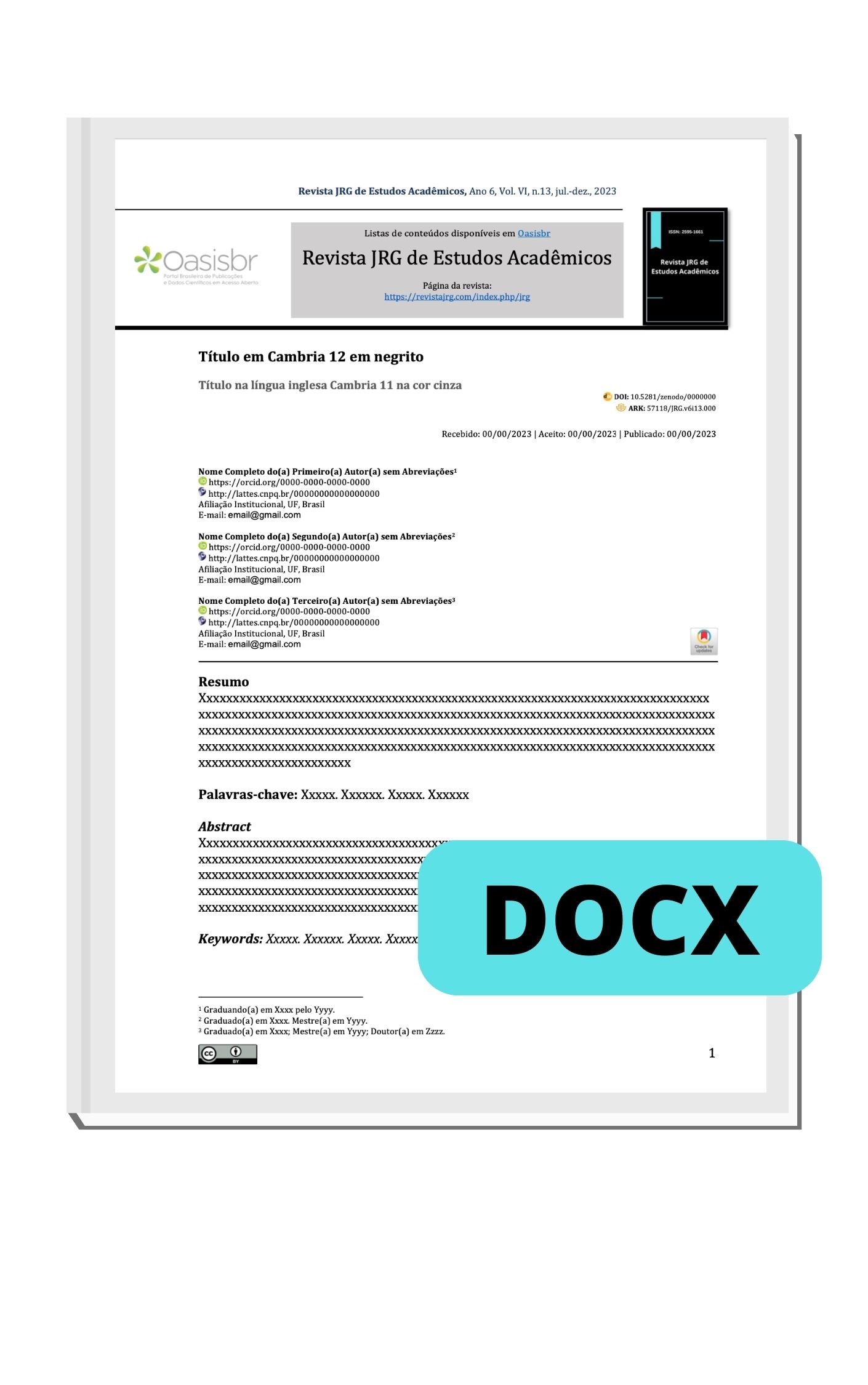Adherence to and challenges in implementing preventive strategies for neural tube defects: an integrative literature review.
DOI:
https://doi.org/10.55892/jrg.v8i19.2672Keywords:
Neural tube defects. Folic acid. Prenatal care. Treatment adherence. Nursing.Abstract
Introduction: Neural tube defects (NTDs) are severe congenital malformations of the brain and spinal cord caused by failures in embryonic closure, whose origin is still not fully understood. Objective: To analyze, in the scientific literature, the challenges related to adherence to NTD prevention strategies during prenatal care. Method: This is an integrative review conducted between August and September 2025 in the LILACS, SciELO, and MEDLINE/PubMed databases, using the descriptors “Pregnant Women,” “Prenatal Care,” “Prevention,” and “Neural Tube,” combined with the Boolean operators AND and OR. Articles published between 2020 and 2024 in Portuguese, English, and Spanish were included. Results: A total of ten studies were selected, revealing that low educational level, socioeconomic vulnerability, late initiation of prenatal care, lack of knowledge about folic acid use, and the distance to health facilities are the main challenges to adherence to preventive practices. Additionally, cultural factors, language barriers, and the absence of pregnancy planning also negatively influence the proper use of the supplement. It was observed that women with higher educational levels and access to information showed better adherence rates, whereas pregnant women in vulnerable contexts tended to begin use late or incorrectly. Conclusion: Adherence to NTD prevention strategies depends on multiple interconnected factors, requiring greater investment in equity-focused public policies, strengthening of health education, and expansion of access to prenatal care. The nurse’s role is essential in guiding and monitoring pregnant women.
Downloads
References
ABDI AW-NUUR, H. et al. Somali immigrant women's knowledge of and experiences with folic acid supplement use before and during pregnancy: a qualitative study from Norway. Sexual & Reproductive Healthcare, Amsterdã, v. 39, p. 100946, mar. 2024. Disponível em: https://doi.org/10.1016/j.srhc.2024.100946. Acesso em: 21 out. 2025.
AL-MUTAWTAH, M. et al. Women’s experiences of social support during pregnancy: a qualitative systematic review. BMC Pregnancy and Childbirth, Londres, v. 23, n. 782, p. 1–15, 2023. Disponível em: https://doi.org/10.1186/s12884-023-06089-0. Acesso em: 23 out. 2025.
BACKES, D. S. et al. Collective prenatal care facilitated by educational technology: perception of pregnant women. Ciência & Saúde Coletiva, Rio de Janeiro, v. 29, n. 1, e00392023, 2024. Disponível em: https://pubmed.ncbi.nlm.nih.gov/38198317/. Acesso em: 11 set. 2025.
BRASIL. Ministério da Saúde. “Muitos defeitos congênitos, uma só voz”: 03/3 – Dia Mundial dos Defeitos do Nascimento. BVS Atenção Primária em Saúde, Brasília, 1970. Disponível em: https://bvsms.saude.gov.br/cuidados-com-os-ouvidos-e-com-a-audicao-para-todos-vamos-torna-los-realidade-03-3-dia-mundial-da-audicao/. Acesso em: 10 set. 2025.
BRASIL. Ministério da Saúde. Gestação de alto risco: manual técnico. 5. ed. Brasília, DF: Editora do Ministério da Saúde, 2010. Disponível em: https://pesquisa.bvsalud.org/portal/resource/en;/biblio-1369779. Acesso em: 11 set. 2025.
BRASIL. Ministério da Saúde. Secretaria de Atenção Primária à Saúde. Departamento de Ações Programáticas. Manual de gestação de alto risco [recurso eletrônico]. Brasília: Ministério da Saúde, 2012. Disponível em: https://bvsms.saude.gov.br/bvs/publicacoes/manual_tecnico_gestacao_alto_risco.pdf. Acesso em: 11 set. 2025.
BRASIL. Ministério da Saúde. Secretaria de Atenção à Saúde. Departamento de Atenção Básica. Como utilizar o ácido fólico no período gestacional? BVS Atenção Primária em Saúde, Brasília, 2015. Disponível em: https://aps-repo.bvs.br/aps/como-utilizar-o-acido-folico-no-periodo-gestacional/. Acesso em: 10 set. 2025.
BRASIL. Ministério da Saúde. Comissão Nacional de Incorporação de Tecnologias no SUS – CONITEC. Ácido fólico para mulheres em idade fértil: relatório de recomendação. Brasília: Ministério da Saúde, 2018. Disponível em: https://www.gov.br/conitec/pt-br/midias/consultas/relatorios/2018/resoc99_acido_folico_mulheres_idfertil.pdf. Acesso em: 2 set. 2025.
BRASIL. Ministério da Saúde. Nota técnica: Rede de Atenção à Saúde – Atenção Primária à Saúde. Brasília: Ministério da Saúde, 2019.
Acesso em: 11 set. 2025.
BRASIL. Ministério da Saúde. Secretaria de Atenção Primária à Saúde. Departamento de Ações Programáticas. Manual de gestação de alto risco [recurso eletrônico]. Brasília: Ministério da Saúde, 2022. Disponível em: https://bvsms.saude.gov.br/bvs/publicacoes/manual_gestacao_alto_risco.pdf. Acesso em: 11 set. 2025.
CAVALCANTE, L. T. C.; OLIVEIRA, A. A. S. Métodos de revisão bibliográfica nos estudos científicos. Psicologia em Revista, Belo Horizonte, v. 26, n. 1, p. 83-102, 2020. Disponível em: https://pepsic.bvsalud.org/scielo.php?script=sci_arttext&pid=S1677-11682020000100006. Acesso em: 11 nov. 2025.
CUI, M. et al. Knowledge and intake of folic acid to prevent neural tube defects among pregnant women in urban China: a cross-sectional study. BMC Pregnancy and Childbirth, Londres, v. 21, n. 1, p. 432, 2021. Disponível em: https://doi.org/10.1186/s12884-021-03893-4. Acesso em: 20 out. 2025.
EJARA, D. et al. Compliance level and associated factors of iron folic acid supplementation among pregnant women in North Shoa Zone, Ethiopia. Scientific Reports, Londres, v. 14, n. 1, p. 13407, 2024. Disponível em: https://pubmed.ncbi.nlm.nih.gov/38862566/. Acesso em: 21 out. 2025.
FÁQUINI, S. L. L. et al. Fetal treatment for myelomeningocele in Brazil. Revista Brasileira de Saúde Materno Infantil, Recife, v. 24, e20240241, 2024. Disponível em: https://www.scielo.br/j/rbsmi/a/qvy3q7P9g7qLMv5JnrHDypR/?lang=pt. Acesso em: 10 out. 2025.
GEORGE, J. B. Nursing theories: the base for professional nursing practice. 5. ed. Upper Saddle River: Prentice Hall Health, 2000.
Acesso em: 23 out. 2025.
GOMES, Vanessa Rossato; ABRAHÃO, Anelise Riedel. Fatores de risco para defeito de fechamento de tubo neural (2014–2020). Nursing (edição brasileira, impressa), v. 21, n. 236, p. 2014–2020, jan. 2018. Ilustrações, tabelas. Disponível em: https://pesquisa.bvsalud.org/portal/resource/pt/biblio-907860. Acesso em: 9 nov. 2025.
HUANG, W. et al. Exploring epigenomic mechanisms of neural tube defects using multi-omics methods and data. Annals of the New York Academy of Sciences, Nova Iorque, v. 1515, n. 1, p. 50–60, 2022. Disponível em: https://pubmed.ncbi.nlm.nih.gov/35666948/. Acesso em: 10 set. 2025.
IGLESIAS-VÁZQUEZ, L. et al. Prenatal folic acid supplementation and folate status in early pregnancy: ECLIPSES study. British Journal of Nutrition, Londres, v. 128, n. 10, p. 1938–1945, 2022. Disponível em: https://doi.org/10.1017/S0007114521004840. Acesso em: 21 out. 2025.
KANCHERLA, V. Neural tube defects: a review of global prevalence, causes, and primary prevention. Child’s Nervous System, Berlim, v. 39, n. 7, p. 1703–1710, 2023. Disponível em: https://pubmed.ncbi.nlm.nih.gov/36882610/. Acesso em: 2 set. 2025.
LUNA-BARRÓN, B. et al. Conocimientos sobre el ácido fólico periconcepcional en mujeres puérperas del Hospital de la Mujer, La Paz-Bolivia. Revista de la Facultad de Ciencias de la Salud (Bolivia), La Paz, v. 23, n. 1, 2023. Disponível em: http://www.scielo.org.bo/scielo.php?script=sci_arttext&pid=S1652-67762023000100004&lang=pt. Acesso em: 21 out. 2025.
MAO, Y. et al. Investigando a continuação da suplementação de ácido fólico durante o período periconcepcional: um estudo transversal de base comunitária. Reproductive Health, Londres, v. 20, p. 34, 2023. Disponível em: https://doi.org/10.1186/s12978-023-01564-5. Acesso em: 20 out. 2025.
MUNGUIA-ROJAS, D. et al. A multilevel analysis of the association between quality of antenatal care and folic acid supplementation during pregnancy among Guatemalan women. BMC Pregnancy and Childbirth, Londres, v. 24, n. 1, p. 1–12, 2024. Disponível em: https://doi.org/10.1186/s12884-024-06541-1. Acesso em: 21 out. 2025.
TOLERA, C. et al. Utilization of iron-folic acid supplementation and related factors in pregnant women in Leka Dulecha District, East Wollega Zone, Western Ethiopia: the case study. Health Science Reports, Londres, v. 7, n. 3, e1952, 2024. Disponível em: https://pubmed.ncbi.nlm.nih.gov/38482138/. Acesso em: 21 out. 2025.
TOLA, F. S. The concept of folic acid supplementation and its role in prevention of neural tube defect among pregnant women: PRISMA. [S.l.], 2024.
Disponível em: https://pubmed.ncbi.nlm.nih.gov/38728462/. Acesso em: 11 set. 2025.
